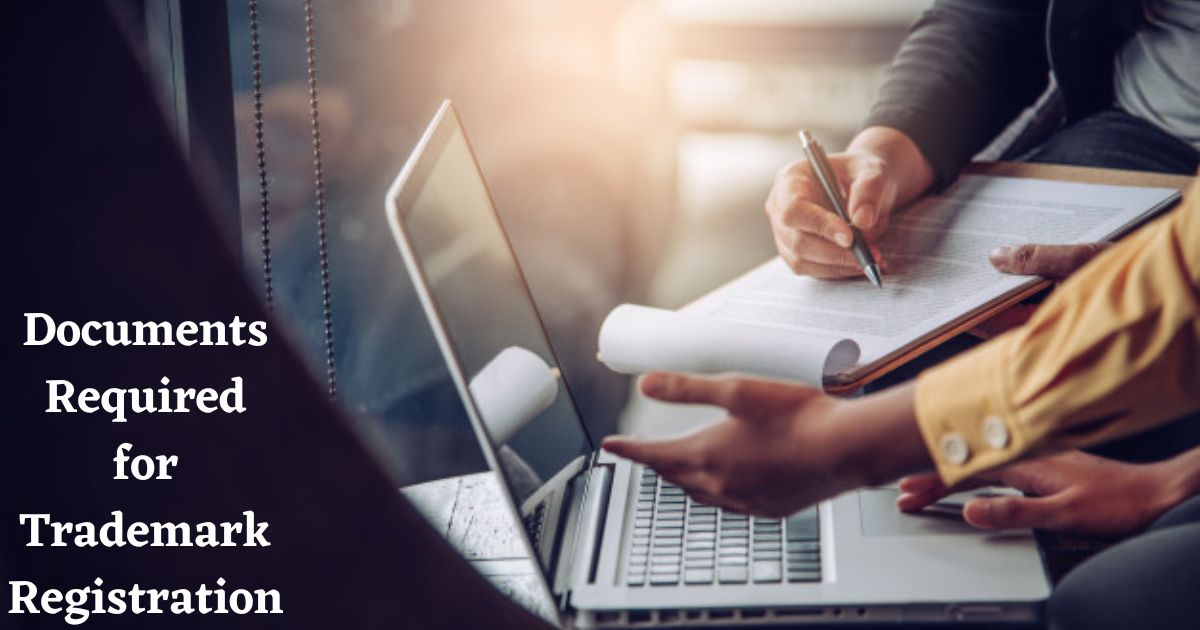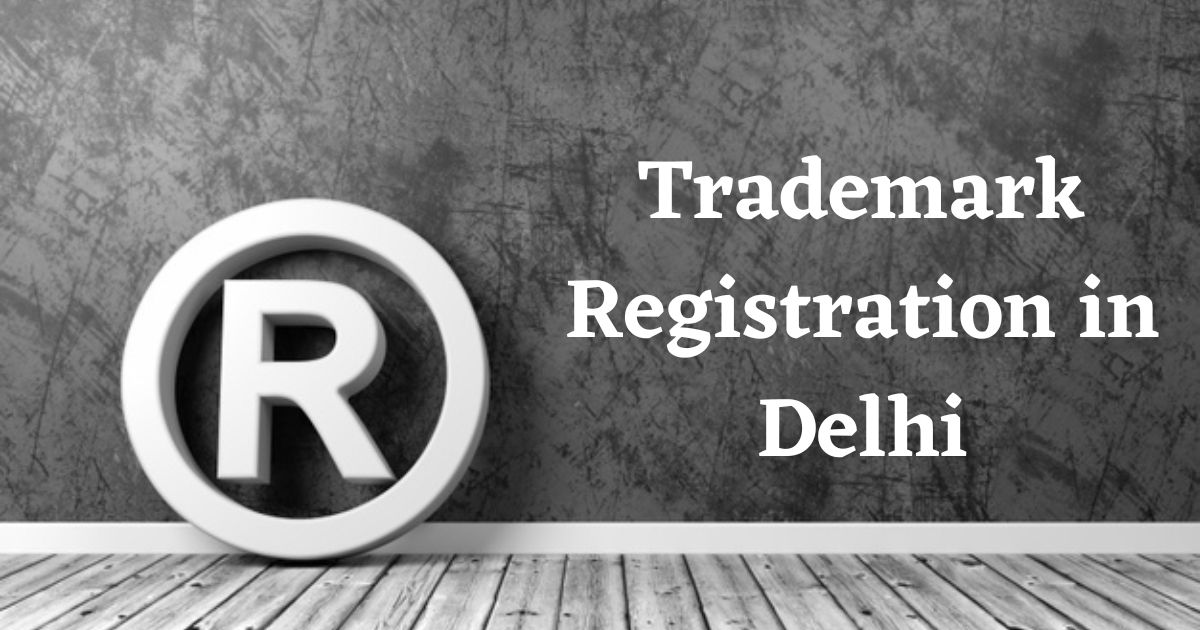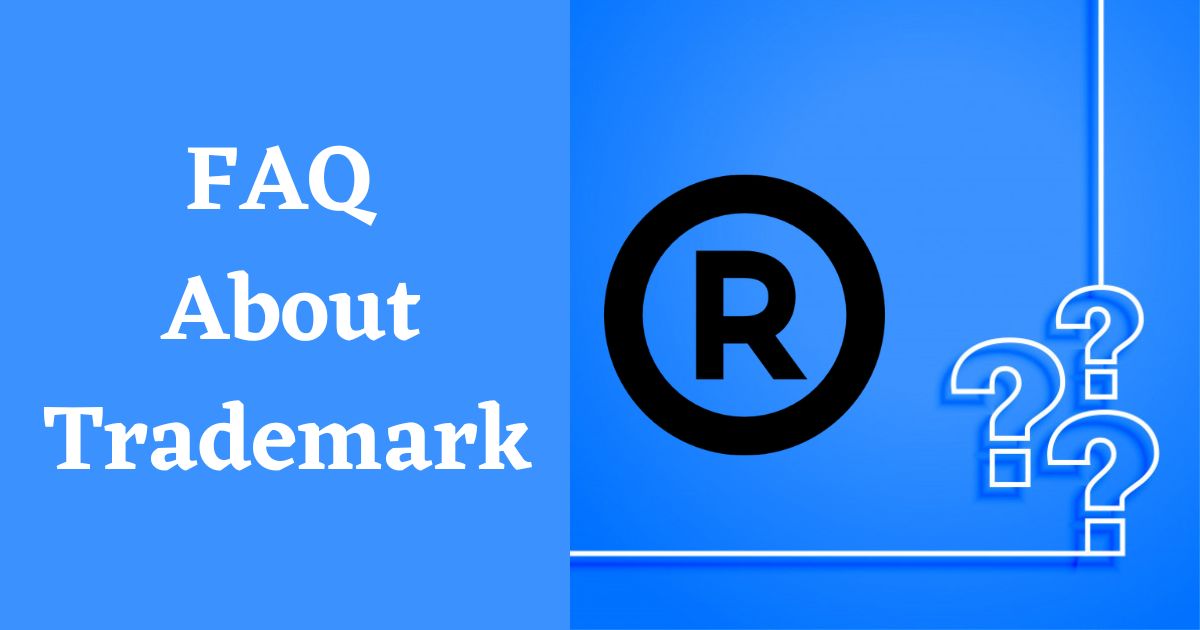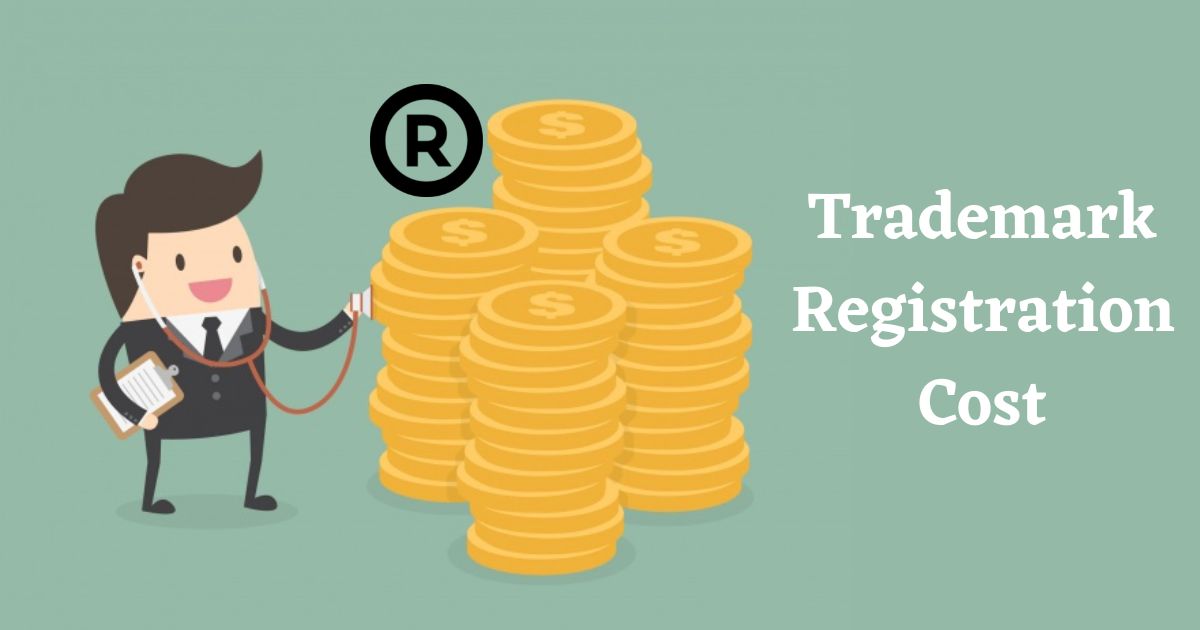The pursuit of easy success and the denial of trademark laws have given rise of a lot of cases of trademark opposition. What is “trademark opposition”? In simple, it’s an objection by a third party against registration of trademark during the 4-month period that the trademark is in the trademark journal. The trademark opposers can be anyone from individual person(s), Partnership firm (s), companies and even trusts. Most notable thing about trademark opposition is that the one who is opposing the trademark can do so without any commercial motive whatsoever.
What are the grounds for opposition of trademark?
There are many grounds on which trademark opposition can be filed. If we had to condense them into a few points, the following reasons are considered valid to file opposition against a trademark:
- No distinctness in the mark: The trademark in question doesn’t have any unique feature or it has something that points to the quality, the intended purpose, the values or the geographical origins of the product or service the mark represents.
- The mark has potential for public deception: The trademark in question can potentially deceive the public and cause them confusion. It can be the case that the mark bears resemblance to a trademark that has already been registered or is similar to a well-known trademark.
- Hurting the sentiments of a community: Trademark that has the potential to hurt the religious sentiments of any class or section of people can face opposition from a third party.
How one files a trademark opposition
Trademark opposition entails three steps, and they are:
- Filing an Opposition Notice: First, the person who wants to file trademark opposition does so by sending a notice. The contents of the notice should include the reason that the person is opposing the trademark, details of the trademark registration application that the person is against, the personal details of the person filing the trademark, and the grounds on which the trademark opposition is filed. After receiving the notice, the recipient has two months to file a counterstatement against the opposition. Not doing so would lead the Registrar of trademarks to abandon the trademark application.
- Filing the evidence to support their statements: After the opposition party receives the counter statements from the prospect of trademark registration, they have 2 months (1 month extension is given) to file the evidence via affidavit to support their opposition. If no evidence is filed, the opposition is abandoned. Upon receiving the application, the prospect of trademark registration similarly has two months to file evidence to support their statement. However, if he – the prospect – only wants to treat the counterstatement as evidence, he can do so. But it would require that the registrar be informed about it.
- Hearing both the parties: After receiving evidences from both the parties, a date is decided on which the hearing commences. That hearing decides the future of the trademark in question. Both parties will receive a 1-month prior notice. Upon receiving the notice, the parties have to submit that they will appear in the hearing via a form to the Registrar. The conclusion of hearing will be decided after both parties have had their say.
Rectification of trademark in India
An aggrieved person can file for the rectification of a trademark if that trademark has caused them singular harm.
Grounds for rectification of trademark India are as follows:
- The trademark hasn’t been used for the purpose it was registered for.
- The entry made in the registry is misrepresenting the facts surrounding the trademark, or the trademark is similar to an existing mark.
- The trademark hasn’t been used for 5 years.
- The holder of the trademark isn’t of sound mind anymore to use the trademark.
The trademark rectification process
- File trademark rectification via an application and attach a statement along with. State that as an applicant, you’re doing it because it’s in your interest.
- The registered proprietor, within 2 months of getting the notice of the same, will send you the counterstatement.
- Evidence filing would take place.
- The registrar will send a notice to the proprietor of the trademark explaining the grounds of trademark rectification. A hearing will take place leading to decision to leave the trademark or rectify it.








